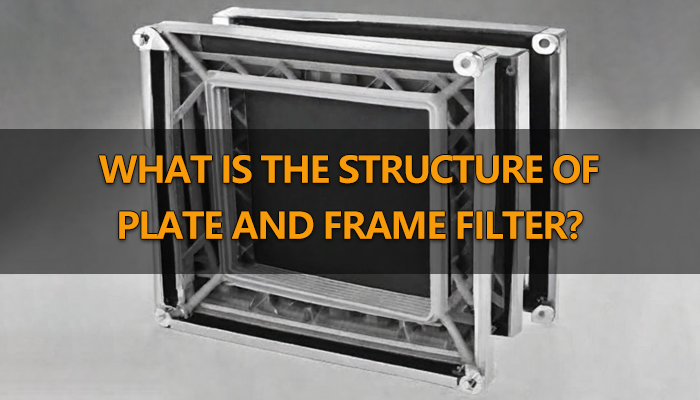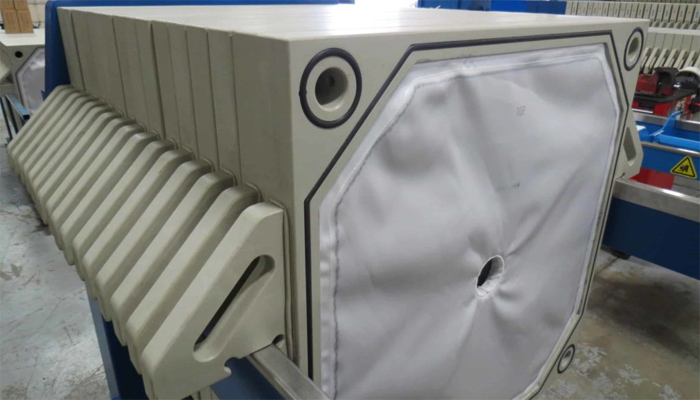The plate and frame filter press design is critical to its performance and efficiency. This article discusses the topic of What is the structure of plate and frame filters to help you make the right choice.
Plate and frame filters are a type of filter press that uses a series of plates and frames to separate solids from liquids. The plates are arranged in a stacked formation.
Each plate has a series of holes or slots that allow the liquid to pass through while retaining the solids. The frames are used to support the plates and maintain their spacing and are typically made of a durable material such as metal or plastic.

Plate and Frame Filter Press Design
The design of a plate and frame filter press is critical to its performance and efficiency. The plates and frames must be designed to withstand the pressure and flow rate of the liquid being filtered.
The holes or slots in the plates must be sized and spaced appropriately to retain the desired particles. The filter press must also be designed to allow for easy cleaning and maintenance, with features such as removable plates and frames, and a simple and efficient way to discharge the filtered solids.
In addition to the design of the plates and frames, the filter press must also be designed to handle the flow rate and pressure of the liquid being filtered.
This may involve using pumps or other equipment to control the flow rate and pressure and designing the filter press to withstand the maximum pressure that may be encountered during operation.
Benefits of Plate and Frame Filter Press
Plate and frame filters offer several benefits over other types of filters, including:
High efficiency: Plate and frame filters can remove a high percentage of particles from the liquid being filtered. Making them ideal for applications where high purity is required.
Low maintenance: The plates and frames in a plate and frame filter press are easy to clean and maintain. Reducing downtime and increasing productivity.
Flexibility: Plate and frame filters can be designed to handle a wide range of flow rates and pressures. Making them suitable for use in a variety of applications.
Cost-effective: Plate and frame filters are often less expensive than other types of filters, making them a cost-effective solution for many applications.

Examples of Plate and Frame Filter Press
Plate and frame filters are commonly used in a variety of industries, including:
Chemical processing: Plate and frame filters are often used to remove impurities from chemicals, such as particles, contaminants, and other impurities.
Food and beverage: Plate and frame filters are used to remove impurities from food and beverages, such as fruit juice, wine, and other liquids.
Pharmaceuticals: Plate and frame filters are used to remove impurities from pharmaceuticals, such as particles, contaminants, and other impurities.
Wastewater treatment: Plate and frame filters are used to remove impurities from wastewater, such as particles, contaminants, and other impurities.
Conclusion
Plate and frame filters are a high-performance solution for separating solids from liquids. Their design and structure allow for efficient filtration and easy maintenance.
Making them a cost-effective solution for many applications. By understanding the benefits and design of plate and frame filters. Industries can make informed decisions about their use and implementation.